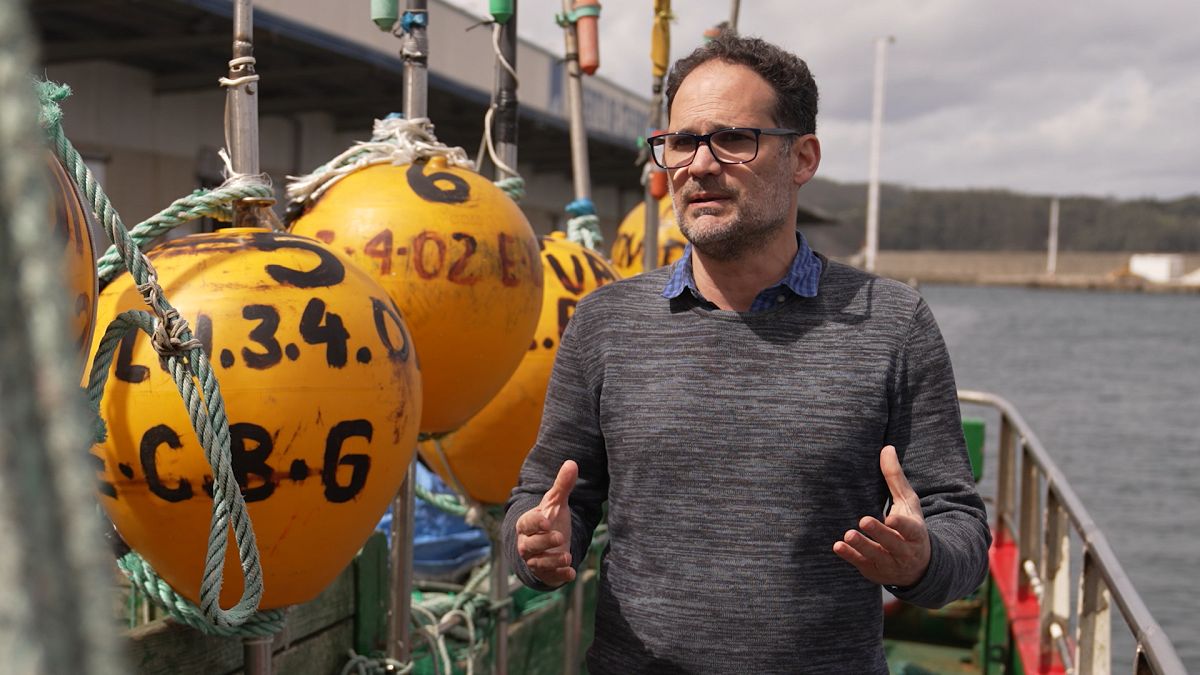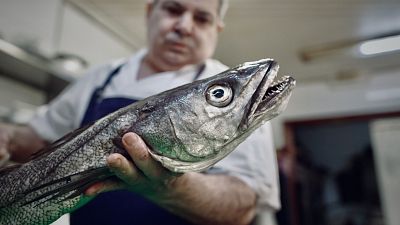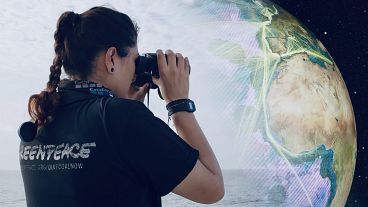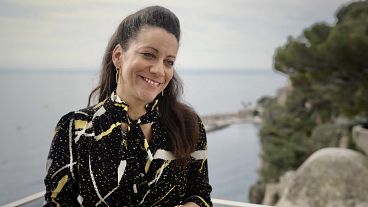Persistent overfishing in European seas led to the decline of many fish species in the 1990s. However, efforts to restore hake populations to sustainable levels in recent decades have proven successful.
Twenty-five years ago, European hake, a vital soft-flesh fish species in the North-East Atlantic Ocean, faced near extinction. Today, it has a remarkable comeback story thanks to Europe's decisive action.
In the early 2000s, a series of emergency measures and a long-term recovery strategy boosted hake populations tenfold, securing its future for sustainable fishing.
But how did Europe turn the tide for this crucial species? In an interview with 'Ocean', Javier López, Oceana’s campaign director for sustainable fisheries, outlined the successful measures that revived hake populations.
“In the case of northern hake, both the Commission and EU Member States responded promptly, while there was still a chance to revive the species," said López.
"The emergency measures were implemented in 2001, followed by a recovery management plan in 2004.
This plan included technical measures such as increasing mesh sizes in fishing nets to reduce the mortality of younger and smaller fish.
"It also involved reducing catch limits, a crucial move for decreasing overall fish mortality. Additionally, the plan imposed closures or restrictions on fishing in key areas essential for fish reproduction, such as breeding and nursery grounds for young fish.
"There was a significant improvement in the control of fishing activities at sea and fish landings at ports.
"Last but not least was the factor of the environmental conditions. In other words, some luck was involved, as favourable oceanographic conditions helped increase the growth of the fish population, allowing the younger fish room to contribute to the overall fish biomass in the sea.
"These three aspects - technical measures, regulatory measures, along with beneficial oceanographic conditions - were pivotal in the recovery of the northern hake biomass and its abundance in the Atlantic.”
To learn more about the recovery of hake populations in the Atlantic and Mediterranean, watch the full episode here.



